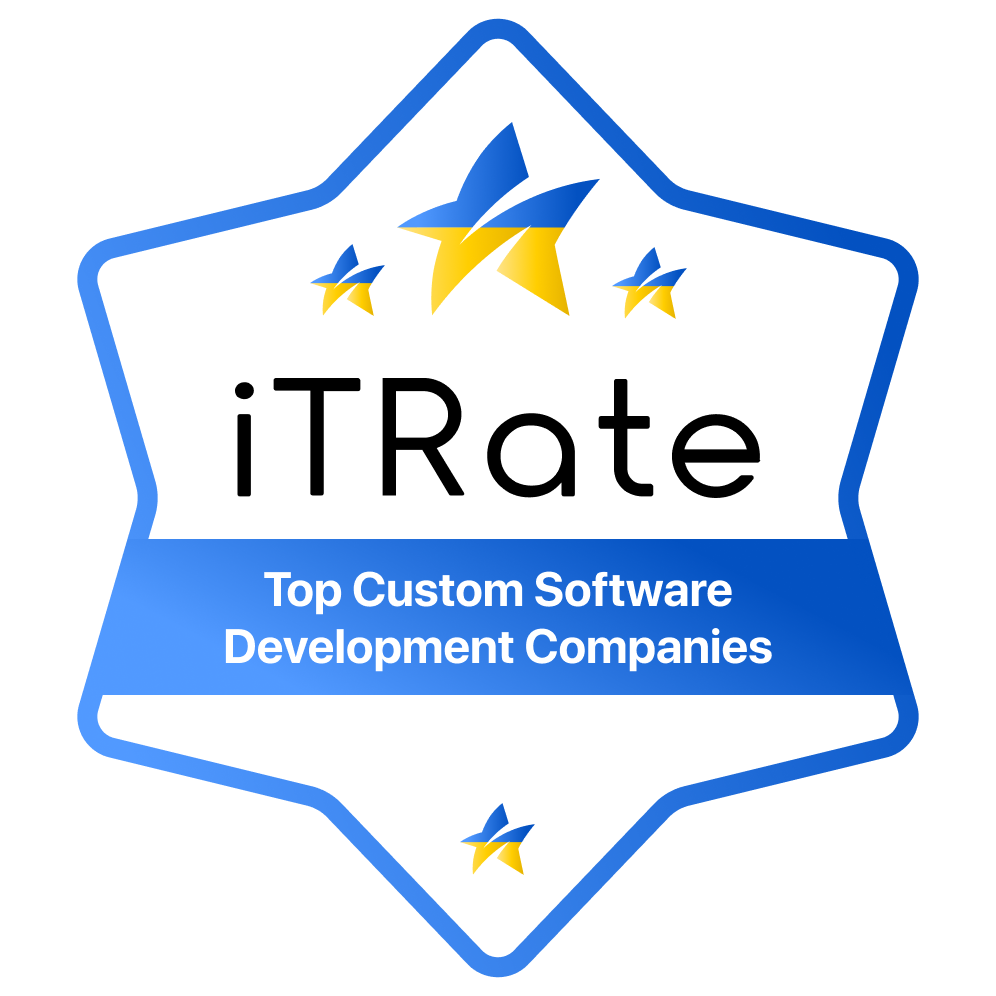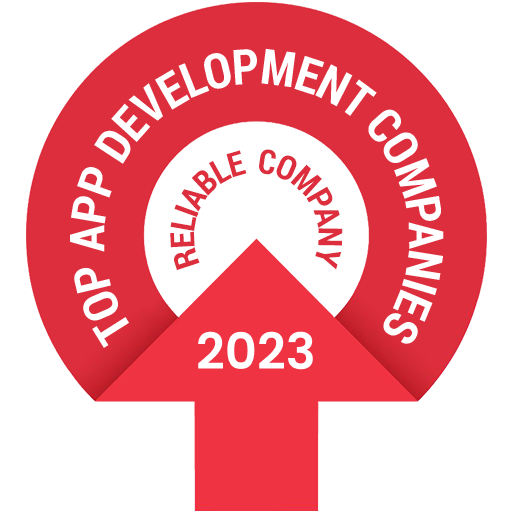Mobile App Launch Checklist
Build your launch command centre
Launching an app is less about checking boxes and more about synchronising product, marketing, and support in one workspace. Use the launch command centre template to organise owners, workflows, and launch-day run sheets.
Core launch artefacts
- Launch command centre with tasks, owners, and deadlines.
- App store optimisation checklist (copy, creative, localisation).
- Lifecycle messaging scripts for onboarding, activation, and retention.
- Post-launch analytics dashboard covering acquisition, activation, and retention.
Pre-launch readiness
Use this sequence to prepare every function:
- Product + engineering – Freeze scope, harden crash reporting, and record demo videos. Dry run the onboarding experience with at least five testers outside the core team.
- App store optimisation – Finalise metadata, screenshots, and preview video. Localise copy for top markets and schedule phased release if needed.
- Marketing + growth – Launch teaser landing page, warm up email list, queue social content, and brief influencers/partners.
- Analytics – Instrument activation events, funnel checkpoints, and push notification engagement. Validate dashboards in staging with test accounts.
- Support – Publish help centre articles, set response time commitments, and prepare escalation paths.
Launch day choreography
Keep everyone aligned on the day of release by running a central command centre stand-up. Assign clear roles:
- Command lead – Oversees timeline, approvals, and go/no-go decisions.
- Product guardian – Monitors crash reports, performance, and feature flags.
- Marketing lead – Executes launch comms, monitors campaign performance.
- Support lead – Handles incoming tickets, app store reviews, and social mentions.
- Analytics owner – Tracks real-time activation, retention, and funnel drop-offs.
Schedule check-ins every few hours to review telemetry and adjust messaging or app store listings if needed.
First 30 days post-launch
Use the lifecycle notification scripts and analytics dashboard to stay close to user behaviour. Focus on three weekly rituals:
- Activation review – Track first-session completion, crashes, and onboarding drop-offs. Ship a patch release if activation falls below target.
- Feedback triage – Tag support tickets and app store reviews by theme. Turn recurring feedback into backlog items with clear owners.
- Growth sync – Review campaign performance, influencer content, and social mentions. Adjust messaging based on top questions and objections.
Metrics to monitor
| Metric | Why it matters | Where to track |
|---|---|---|
| Activation rate | Shows whether users reach the core outcome in their first session. | Analytics dashboard (activation funnel, crash reports). |
| Crash-free sessions | Directly correlates with retention and review scores. | Crash analytics tools (e.g., Firebase Crashlytics, Sentry). |
| Day 7 retention | Early indicator of product-market fit. | Cohort analysis in analytics suite. |
| App store rating velocity | Reveals sentiment trends and highlights review response workload. | App store console, review monitoring tools. |
Next actions
- Duplicate the launch command centre and assign owners for every phase.
- Complete the ASO checklist and schedule staged release windows.
- Load lifecycle messaging scripts into your CRM and set triggers.
- Create the post-launch dashboard and verify data flows before launch.
- Plan the first 30-day product roadmap review using launch learnings.
A high-performing launch keeps momentum beyond day one. With a coordinated command centre, actionable analytics, and cross-functional rituals, your team can deliver a standout first impression and build loyal users from the start.


